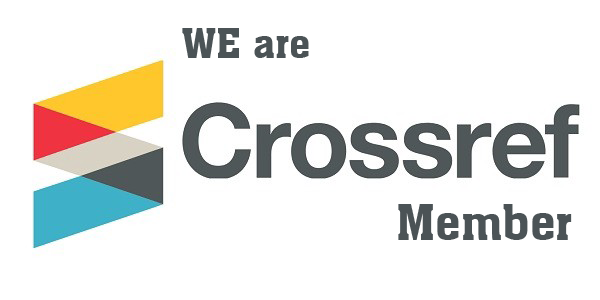Foundations of Mathematical Economics
Synopsis
If it were possible to represent the relationship between economics, mathematics, and statistics, we would find that mathematical Economics combines several sciences, namely economics, statistics, mathematical economics, mathematics, econometrics, economic statistics, and mathematical statistics. The existence of common boundaries between economic theory and mathematics, created what is known as mathematical economics, a science which aims to study the relationship between two branches of knowledge: economics, its theoretical and applied parts, and mathematics, both pure and applied. The book is also concerned with formulating economic relations in a mathematical manner, using various mathematical elements and tools. The mathematical method is also used in economic analysis that is, expressing economic variables in symbols, presentation economic equations in the form of mathematical equations, solving these equations and handling them in a mathematical manner that enables reaching specific results. Mathematical economics is concerned with studying economic theory in its symbolic form rather than linguistically, facilitating equating it with actual reality. The focus has been on the topics that we believe are preferable to study, clarifying the intersection between economics and mathematics to solve the economic problem, and providing a clear picture for students when developing economic policies.
Chapters
-
ماهية الاقتصاد الرياضي
-
أنواع الدوال الرياضية
-
المصفوفات وتطبيقاتها الاقتصادية
-
النهايات العظمى والصغرى (التعظيم و التدنية)
-
البرمجة الخطية

Downloads
Published
Categories
License

This work is licensed under a Creative Commons Attribution-NonCommercial-NoDerivatives 4.0 International License.






